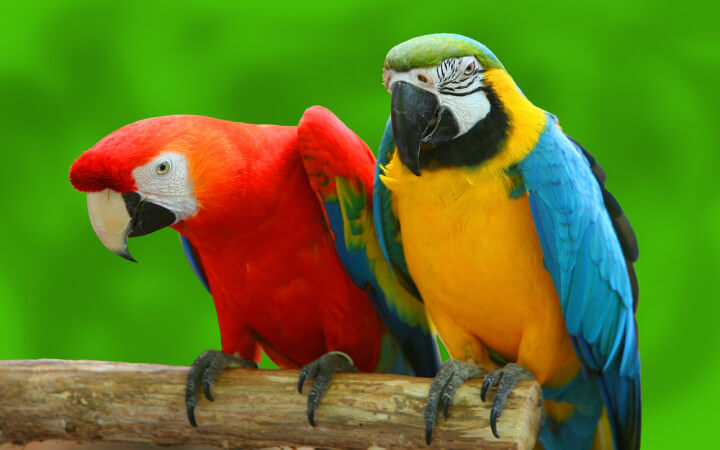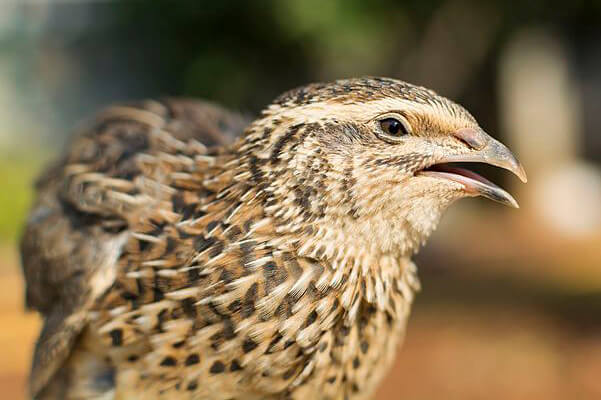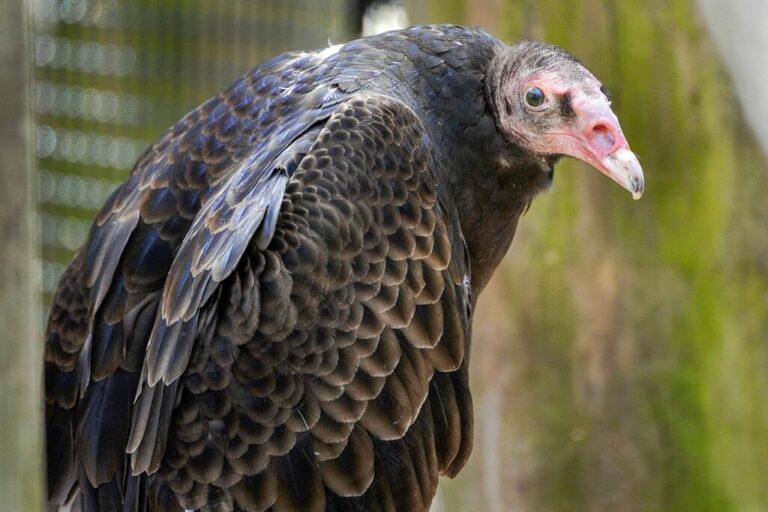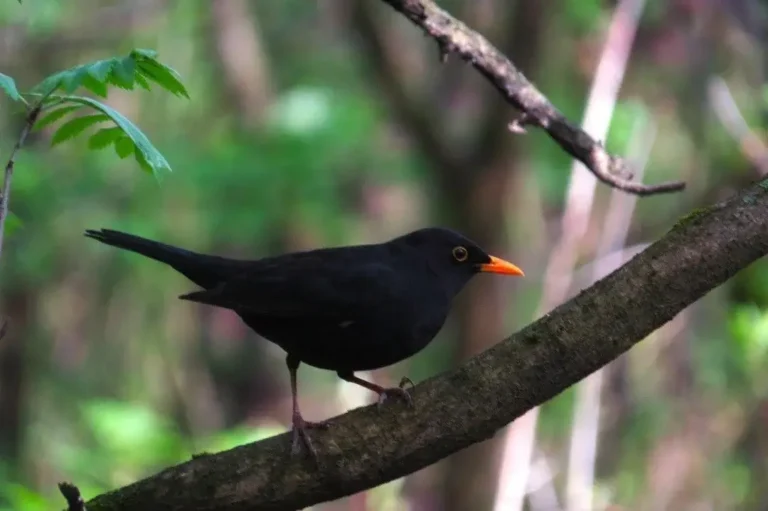Yellow-eyed Penguin (Megadyptes antipodes): An In-Depth Exploration
The Yellow-eyed Penguin (Megadyptes antipodes), one of the rarest and most ancient penguin species, is native to New Zealand. Known for its striking yellow eyes and a band of yellow feathers encircling the head, this species is highly regarded for its unique appearance and elusive nature. This article will delve into its scientific classification, physical characteristics, habitat, behavior, diet, reproduction, predators, conservation status, interesting facts, evolutionary history, and its relationship with humans.
Contents
Scientific Classification
- Kingdom: Animalia
- Phylum: Chordata
- Class: Aves
- Order: Sphenisciformes
- Family: Spheniscidae
- Genus: Megadyptes
- Species: Megadyptes antipodes
The Yellow-eyed Penguin is the sole species within its genus, Megadyptes, distinguishing it from other genetically and behaviorally penguins.
Physical Characteristics

The Yellow-eyed Penguin is medium-sized compared to other penguins, with an average height of 60–75 cm (24–30 inches) and weighing around 5–8 kg (11–18 pounds). Its most distinguishing feature is the pale yellow eyes, framed by a bright yellow band of feathers running from eye to eye across the back of the head.
- Plumage: Adults have slate-grey upper parts with a white underside. Juveniles lack the yellow eyes and headband, which they develop after one year.
- Bill: A pinkish or reddish bill adapted for catching fish.
- Feet: Pink webbed feet, ideal for swimming but clumsy on land.
Habitat
Yellow-eyed Penguins are native to the southeastern coast of New Zealand, including Stewart Island, the Otago Peninsula, and the subantarctic Auckland and Campbell Islands.
- Habitat Type: They nest in coastal forests, scrublands, and cliff areas. Unlike many penguins forming dense colonies, Yellow-eyed Penguins prefer nesting in secluded areas, often hidden by dense vegetation or caves to avoid predators.
- Marine Habitat: In the ocean, they are usually found in temperate waters close to shore, where they forage for food.
Behavior
Yellow-eyed Penguins are solitary nesters known for their territorial and shy behavior.
- Swimming and Diving: Like all penguins, they are excellent swimmers, using their flippers for propulsion underwater. They can dive up to 120 meters (394 feet) in search of prey and stay underwater for several minutes.
- Social Structure: These penguins prefer solitary or small-group living over the large colonies typical of other penguin species. They are known for their loud calls, especially during the breeding season.
- Daily Activity: They spend much of their day at sea, hunting for food and returning to land in the evening.
Diet
Yellow-eyed Penguins are carnivorous, with a diet primarily consisting of:
- Fish: Small to medium-sized fish such as red cod, blue cod, and opal fish.
- Squid: They also hunt squid and other small marine animals.
They forage close to shore and have been known to travel significant distances during hunting, up to 20–25 kilometers (12–15 miles) from their nesting sites.
Reproduction
Breeding season typically begins in August, with egg-laying occurring in September or October.
- Nesting: Pairs form monogamous bonds, and nests are built in secluded areas, often under dense vegetation or among rocks, to avoid predators. Each pair fiercely defends its nest site.
- Eggs: Typically, two eggs are laid, though it is common for only one chick to survive due to limited food or predation. Incubation lasts about 39–51 days, with both parents sharing the duty.
- Chick Development: After hatching, both parents feed the chick until it fledges at around 14–16 weeks. Chicks are highly dependent on parental care in the early weeks of life.
Predators
On land, the main threats to Yellow-eyed Penguins come from introduced predators:
- Mammals: Ferrets, stoats, cats, and dogs pose significant dangers to penguin eggs and chicks.
- Seals and Sea Lions: At sea, natural predators such as New Zealand fur seals and sea lions may occasionally prey on Yellow-eyed Penguins.
Conservation Status
The Yellow-eyed Penguin is classified as Endangered on the IUCN Red List. The species faces several threats:
- Habitat Destruction: Coastal deforestation, human development, and introduced species have all contributed to the loss of suitable nesting areas.
- Predation: Introduced predators, such as cats, stoats, and dogs, pose severe risks to eggs, chicks, and even adult penguins.
- Diseases: Disease outbreaks, such as avian diphtheria and avian malaria, have impacted some populations.
- Climate Change: Rising sea temperatures and changes in prey availability also threaten their survival.
Conservation efforts include predator control, habitat restoration, and establishing protected areas, but the population remains vulnerable.
Interesting Facts
- Longevity: The Yellow-eyed Penguin can live up to 20 years in the wild, which is relatively long for a penguin species.
- Distinctive Call: Their braying call, often described as a high-pitched shriek, helps them communicate with mates and offspring.
- Seclusion: Unlike many penguins nest in colonies, Yellow-eyed Penguins prefer isolation, with nests often spaced far apart to reduce competition and aggression.
Evolutionary History
The Yellow-eyed Penguin is one of the oldest penguin species, with evolutionary roots tracing back millions of years. Fossil records indicate that Megadyptes antipodes are part of a lineage that diverged early from other penguins, giving it unique traits not shared by its relatives.
The species has evolved to thrive in New Zealand’s temperate climate, relying on forested coastlines for nesting rather than the icy environments associated with many penguins.
Relationship with Humans
The relationship between humans and Yellow-eyed Penguins is complex. While these penguins are a beloved symbol of New Zealand’s wildlife, human activities have played a significant role in their decline:
- Ecotourism: Controlled ecotourism brings awareness to their plight, but poorly managed human interaction can cause stress and disrupt breeding.
- Conservation Efforts: Conservation programs aimed at habitat restoration, predator control, and research have helped protect remaining populations.
Conclusion
The Yellow-eyed Penguin (Megadyptes antipodes) is an extraordinary species that stands out for its vibrant yellow eyes, unique behavior, and ancient lineage. Despite the numerous challenges it faces—from habitat destruction to introduced predators—dedicated conservation efforts are helping to protect this endangered bird. Its story is a reminder of the fragility of island ecosystems and the importance of continued efforts to ensure their survival for future generations.
- Are Rottweilers Good With Kids? Reasons & Training Tips - 17 September 2025
- How Long Are Dogs Pregnant: Complete Guide - 16 September 2025
- German Shepherd Doberman Mix: Info, Pictures, Care & More - 11 September 2025







